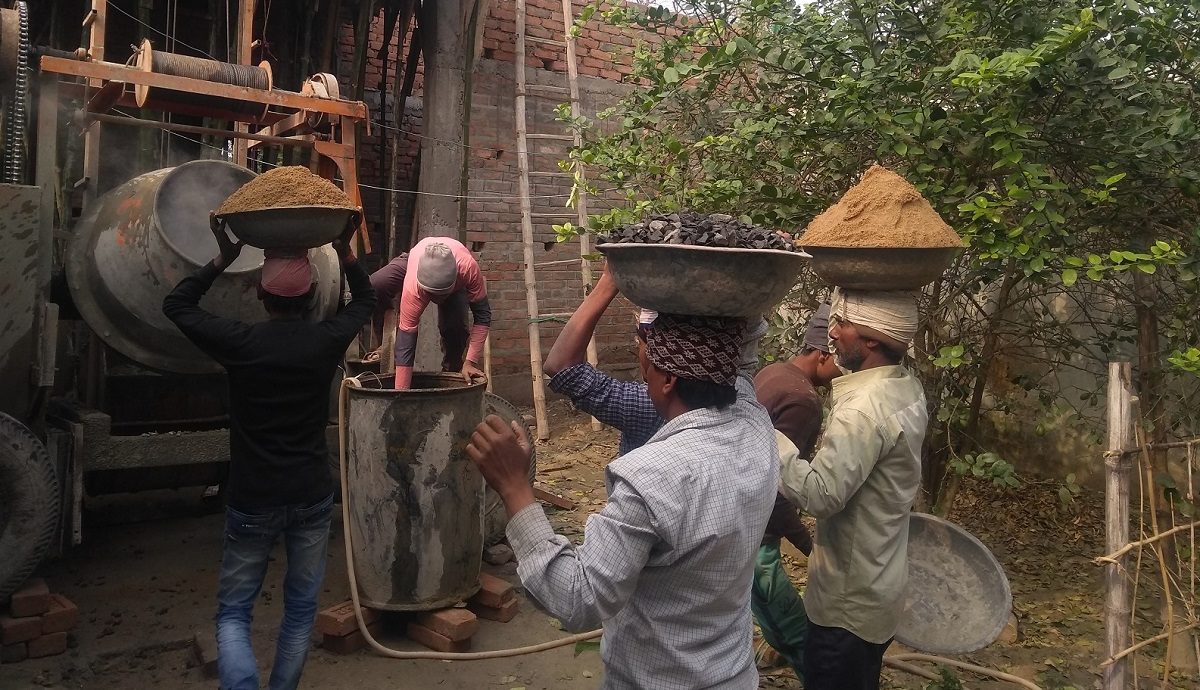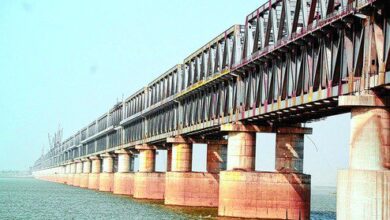India officially in recession; GDP contracts 7.5% in July-Sept quarter

India’s Gross Domestic Product (GDP) shrank by 7.5 per cent in the second quarter of 2020-21 after 23.9 per cent contraction in the first quarter. With two consecutive quarters of negative GDP growth India has officially entered into recession.
The Indian economy has entered into recession for the first time since 1996 when the country began releasing quarterly GDP data. Lockdown imposed to curb the spread of Coronavirus pandemic hit the economy hard. There was steep contraction in manufacturing, construction and services.
The real GDP for April-June 2020 had contracted 23.9 per cent, the steepest fall ever (and the first contraction in 40 years).
 However, the second quarter data gives some comfort as the pace of contraction was much slower than the first quarter and also it was better than the analysts estimates.
However, the second quarter data gives some comfort as the pace of contraction was much slower than the first quarter and also it was better than the analysts estimates.
India’s GDP at Constant (2011-12) Prices in the second quarter of 2020-21 is estimated at Rs. 33.14 lakh crore, as against Rs. 35.84 lakh crore in Q2 of 2019-20, showing a contraction of 7.5 per cent as compared to 4.4 percent growth in Q2 2019-20, as per the data released by the National Statistical Office (NSO) on Friday.
Quarterly GVA at Basic Prices at Constant (2011-12) Prices for Q2 of 2020-21 is estimated at Rs.30.49 lakh crore, as against Rs. 32.78 lakh crore in Q2 of 2019-20, showing a contraction of 7.0 percent.
In the first half of the current financial year the economy contracted by 15.7 per cent. GDP at Constant (2011-12) Prices for H1 (April-September) 2020-21 is estimated at Rs.60.04 lakh crore as against Rs.71.20 lakh crores during the corresponding period of previous year, showing a contraction of 15.7 percent in H1 2020-21 as against growth of 4.8 percent during the same period last year.
GDP at Current Prices for H1 2020-21 is estimated at Rs.85.30 lakh crore as against Rs.98.39 lakh crores during the corresponding period of previous year, showing a contraction of 13.3 percent in H1 2020-21 as against growth of 7.0 percent during the same period last year.
GDP at Current Prices for Q2 2020-21 is estimated at Rs. 47.22 lakh crore, as against Rs.49.21 lakh crore in Q2 2019-20, showing a contraction of 4.0 percent as compared to 5.9 percent growth in Q2 2019-20. GVA at Basic Prices at Current Prices in Q2 2020-21 is estimated at Rs.42.80 lakh crore, as against Rs.44.66 lakh crore in Q2 2019-20, showing a contraction of 4.2 percent.
 With a view to contain the spread of the Covid-19 pandemic, restrictions were imposed on the economic activities not deemed essential during Q1. “Though the restrictions have been gradually lifted, there has been an impact on the economic activities. In these circumstances, some other data sources such as GST, interactions with professional bodies etc. were also referred to for corroborative evidence and these were clearly limited,” an official statement released by the Ministry of Statistics and Programme Implementation said.
With a view to contain the spread of the Covid-19 pandemic, restrictions were imposed on the economic activities not deemed essential during Q1. “Though the restrictions have been gradually lifted, there has been an impact on the economic activities. In these circumstances, some other data sources such as GST, interactions with professional bodies etc. were also referred to for corroborative evidence and these were clearly limited,” an official statement released by the Ministry of Statistics and Programme Implementation said.
Analysts expressed hope that the economic condition is likely to improve in the coming quarters.
“There is continuous improvement. The third quarter numbers could be even better, in line with the trends seen in economies globally,” said Soumya Kanti Ghosh, economist, State Bank of India.
Chief Economic Adviser K Subramanian said that the agriculture sector was the “persistent bright spot”.
“Q2 GDP numbers show that economy is recovering. Government’s efforts on stimulus and reform are showing results. Hopefully, we will have positive growth in H2 FY21 and double digit growth in FY22,” said Anil Agarwal, Executive Chairman, Vedanta Resources Limited.




